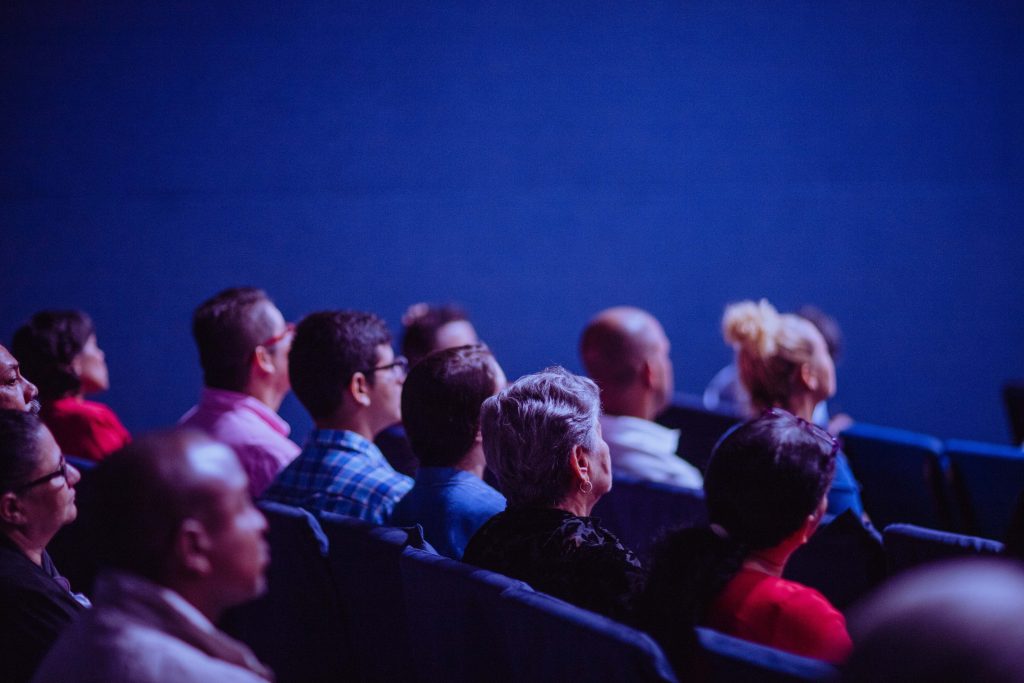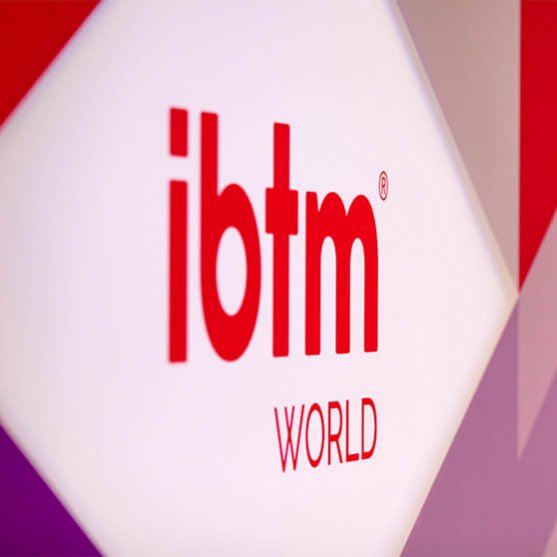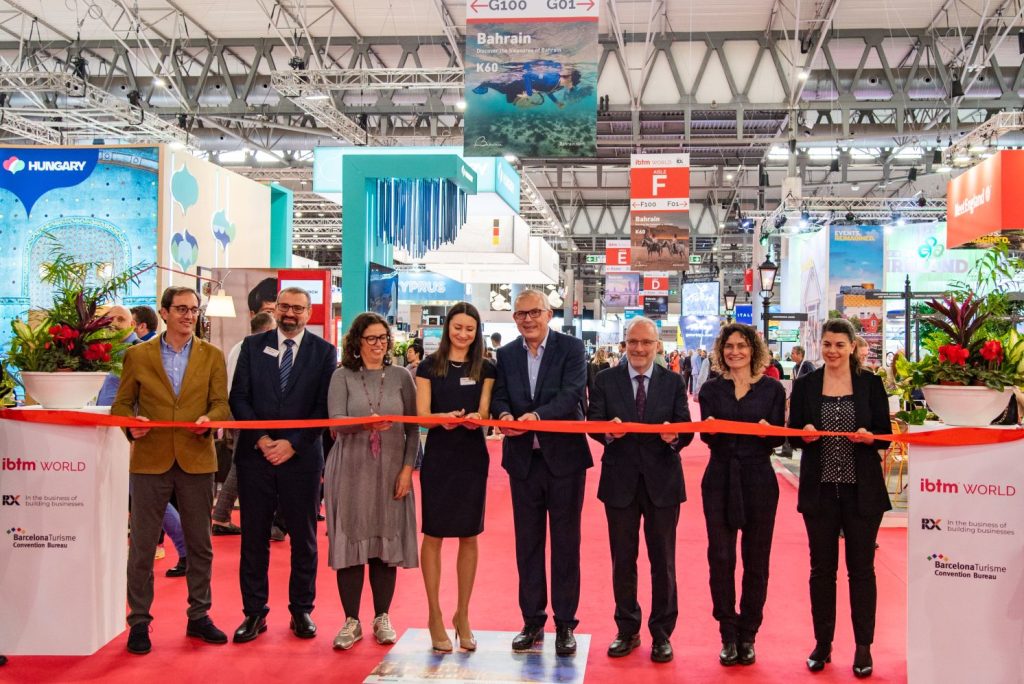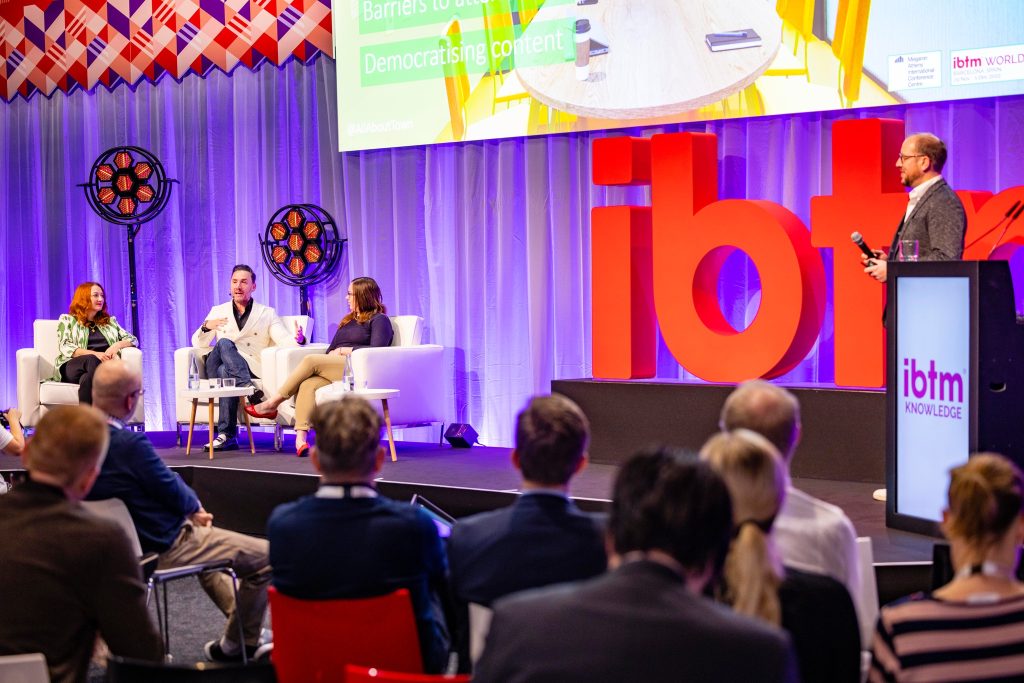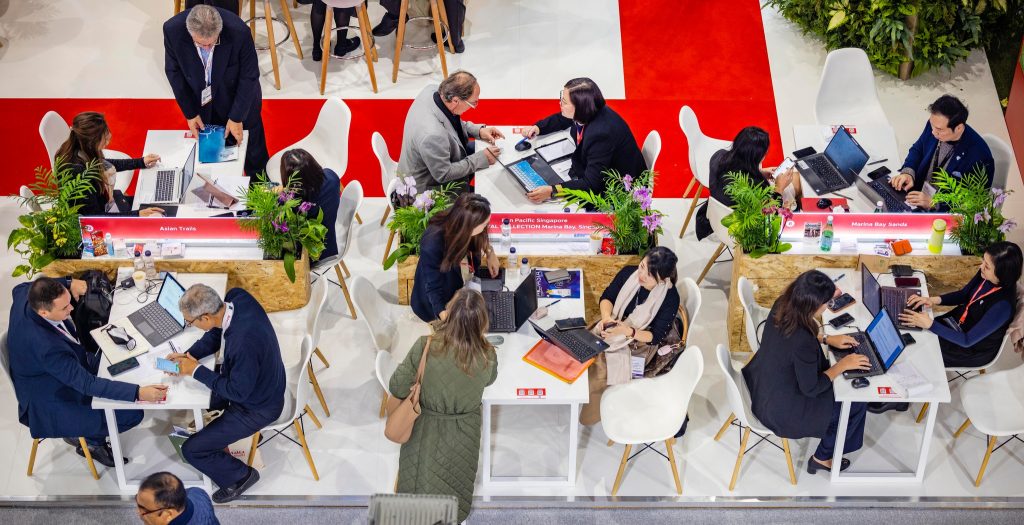6 trends that will mark the (very close) future of the fair sector
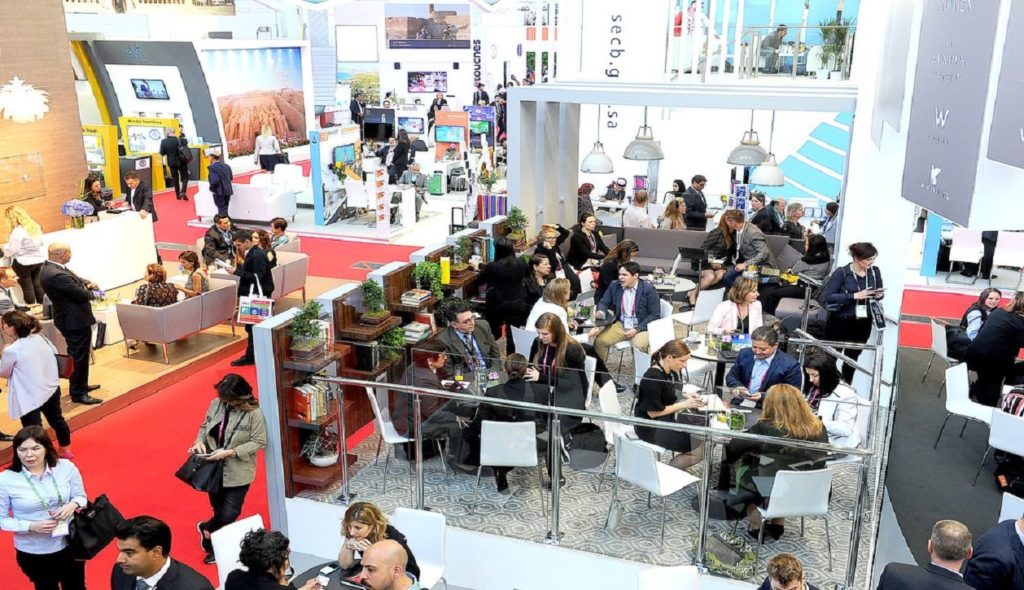
Share news
Listen
Take care of the human side, take into consideration the well-being and the playful aspect of the fairs. We must recognize that the assistant is a person, who does not only want to attend a conference of 3-4 days to fill with content or business cards. They want to enjoy something rewarding and take an experience that gives them value. Improvements are made in technology-level events, better decoration, audiovisuals, catering, but also the more human side, the entertainment, making events more attractive and even more ludic. It is not possible to leave an assistant for three hours in a training room and et him to enjoy alone. That requires a return to the formats to level the training time with a time of entertainment and fun. We are not robots programmed to be 100% of our time working.
But, of course, the data also rules. It is about collecting data and also knowing what to do with this information is increasingly present in our sector and no fair organizer has managed to fully integrate this issue. It is not so much a matter of investment, but to consider what you want to get from these data and what you want to find out: what visitors do, where they are going, how much time they spend at one point or another at the fair, etc.
Technology to personalize the experience of the visitor and exhibitor (access to contents, facilitate access and registration, networking possibilities,etc.). The technology should help us to customize the experience of each user, get a massive customization. There is still a long way to go when it comes to offering a large-scale customization of the needs of each of the participants.
Fairs that generate a community of users and visitors to extend the event 365 days a year. The traditional focus on the exhibitor and the trust in its power to attract visitors to the fair, is tilted to a more based emphasis to the assistant. The attendees of a scientific or professional community are looking both the transaction and the brand experience towards a content generation that engages with the assistant, promoting their sense of belonging and community, and not only during the fair, but throughout the year thanks to the digital platforms.
The fairs will be geographically diversified and will specialize in themes. The tendency is to make more, shorter and more thematic events that deal with a specific topic; something almost inherent in the need to create communities of attendees around the fair. We see more fairs with more specific contents, perhaps longer but very specific and very relevant for a specific target, a sub-community within a professional specialty. It also produces a ‘regionalization’ of events, which is achieved by cloning a large event and taking it to different geographical points.
Will the monetization model change around the squared-meter basis? Still very present, but with an awareness that the fair organizer must provide value in a different way to exhibitors and sponsors. New formats, sponsorship options that focus more on leads, the possibilities of contacts and connections made by the brand during the fair.
If you want to learn more about where the exhibition sector is moving, do not miss this series of articles:
https://www.eventoplus.com/en/articulos/the-oldest-event-in-the-world-is-younger-than-ever/
https://www.eventoplus.com/en/articulos/the-exhibition-sector-moves-towards-content-generation-and-the-creation-of-community/


